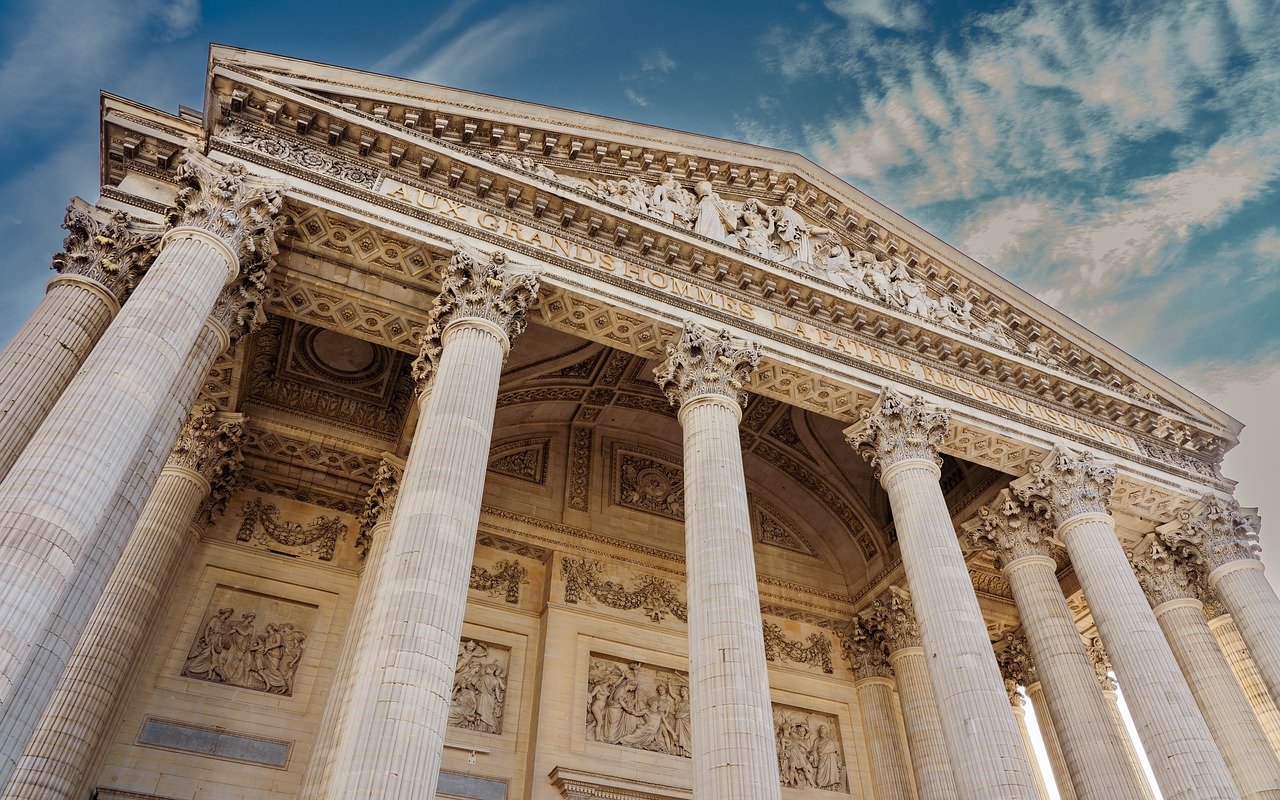On a hilltop in the Latin Quarter stands one of Paris’s most imposing landmarks: the Pantheon. With its neoclassical dome, sweeping colonnades, and echoes of France’s greatest minds, the Pantheon is both a church-turned-monument and a national mausoleum. If Notre-Dame is Paris’s spiritual heart, then the Pantheon is its memory — a place where history, art, and identity come together.
A Brief History of the Pantheon
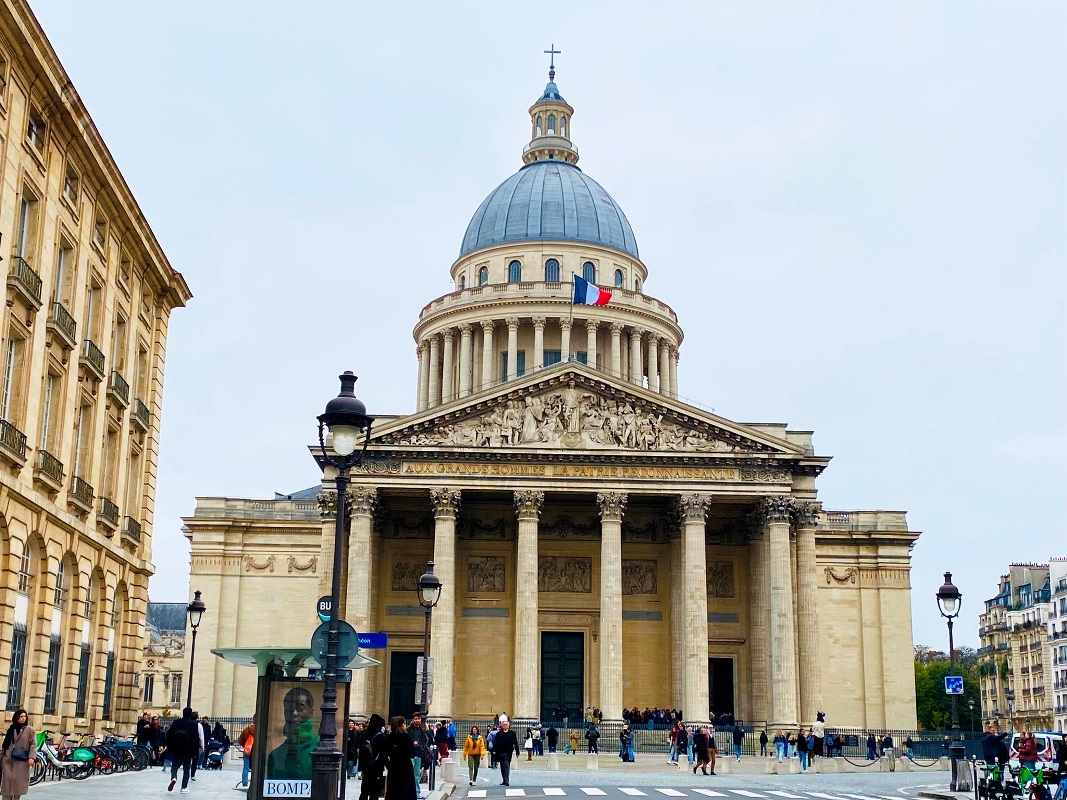
The Pantheon’s story begins in 1758, when King Louis XV vowed to build a church dedicated to Saint Genevieve, the patron saint of Paris, after recovering from illness. Architect Jacques-Germain Soufflot designed the building in neoclassical style, inspired by Rome’s ancient Pantheon.
Construction took decades, and by the time it was completed in 1790, the French Revolution was underway. The new government repurposed the building as a secular mausoleum to honor France’s national heroes. Since then, the Pantheon has alternated between church and civic monument, but today it stands firmly as a symbol of French heritage and remembrance.
Who Rests in the Pantheon?
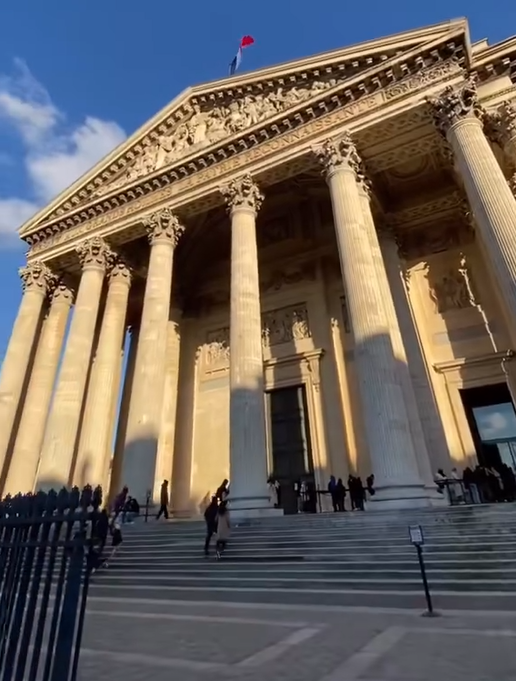
Walking into the crypt of the Pantheon feels like entering the nation’s hall of fame. Among the illustrious figures buried here are:
- Voltaire – philosopher of the Enlightenment.
- Jean-Jacques Rousseau – influential thinker and writer.
- Victor Hugo – beloved author of Les Misérables and The Hunchback of Notre-Dame.
- Émile Zola – novelist and journalist.
- Marie Curie – Nobel Prize-winning scientist, the first woman interred here.
- Alexandre Dumas – author of The Three Musketeers.
Each name carved into the walls represents a chapter of French history, from literature and science to politics and philosophy.
What to See Inside the Pantheon
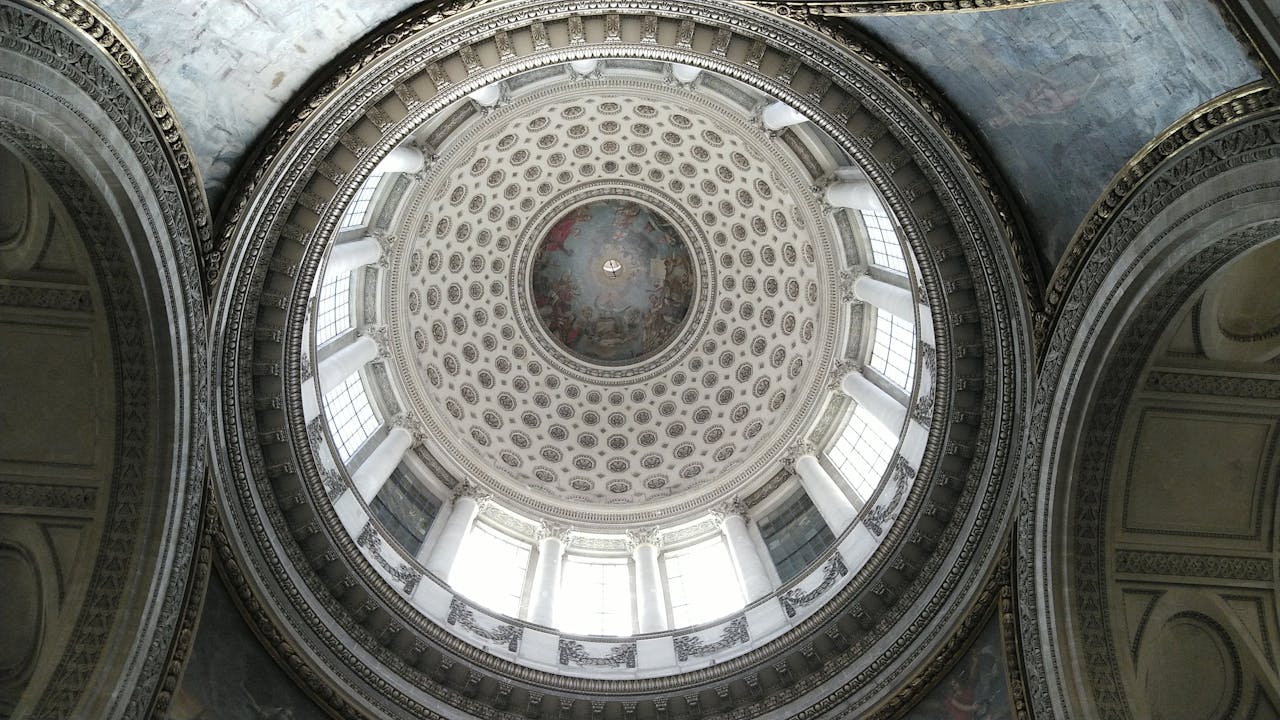
- The Dome: Climb 200+ steps to the dome for one of the best panoramic views of Paris — including the Eiffel Tower, Notre-Dame, and Montmartre.
- The Nave: Vast interiors with Corinthian columns and frescoes celebrating Saint Genevieve and French history.
- Foucault’s Pendulum: In 1851, physicist Léon Foucault installed a pendulum here to demonstrate the Earth’s rotation — a replica still swings today.
- The Crypt: Final resting place of national icons, with simple yet powerful memorials.
How to Visit the Pantheon
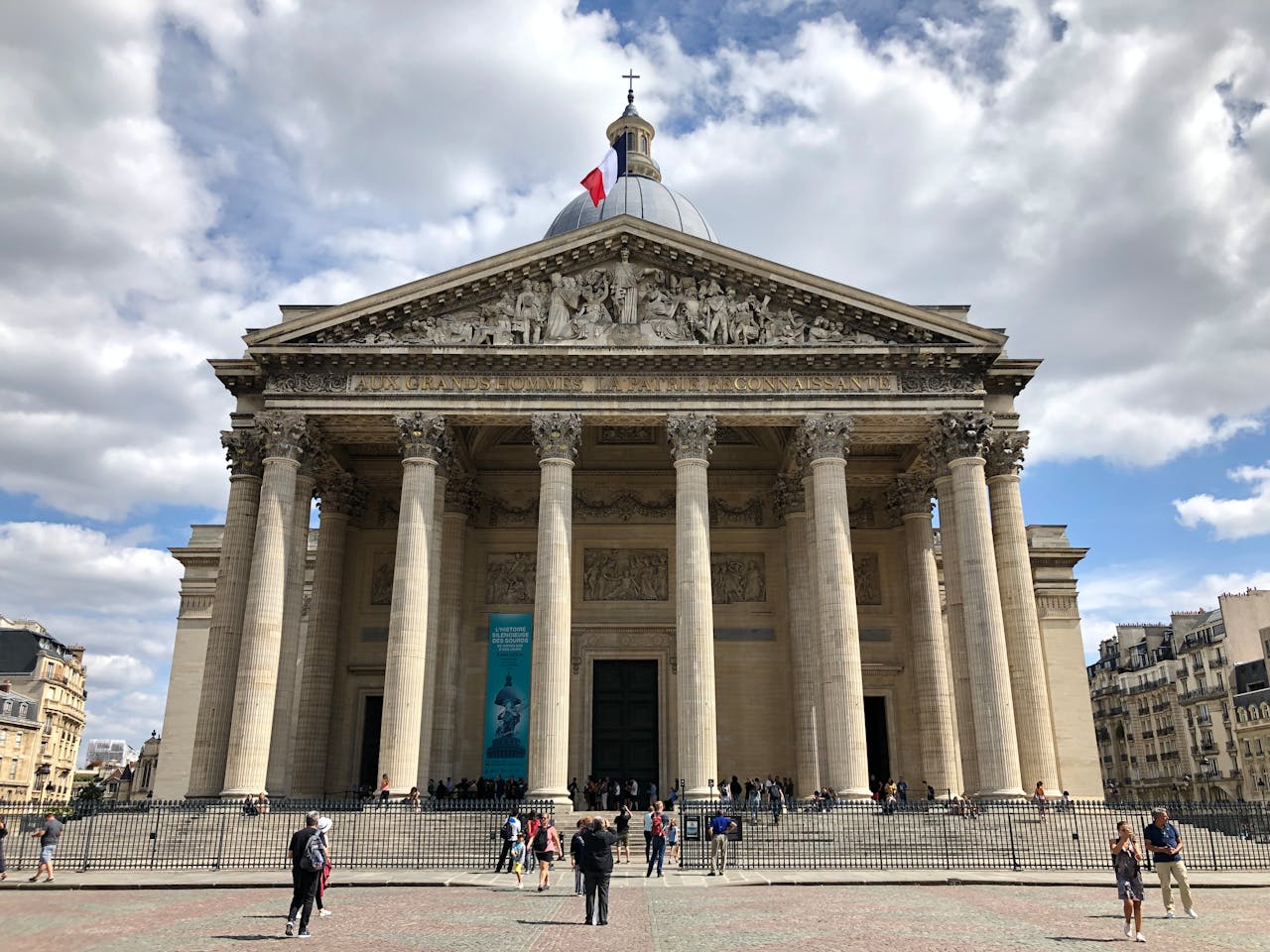
- Location: Place du Panthéon, in the 5th arrondissement, heart of the Latin Quarter.
- Metro: Closest stations are Cardinal Lemoine (Line 10) or Luxembourg (RER B).
- Opening hours: Typically open daily, 10:00–18:30 (seasonal changes apply). Closed January 1, May 1, and December 25.
- Tickets: Around €11.50 for adults. Free for EU residents under 26. Book in advance at the official Pantheon site.
Why the Pantheon Matters
The Pantheon is not only an architectural masterpiece but also a symbol of French ideals — liberty, equality, and intellectual achievement. It celebrates the people whose ideas, words, and discoveries shaped not only France but the world.
Visiting the Pantheon is a reminder that Paris isn’t just about beauty — it’s about meaning.
Combine with the Latin Quarter
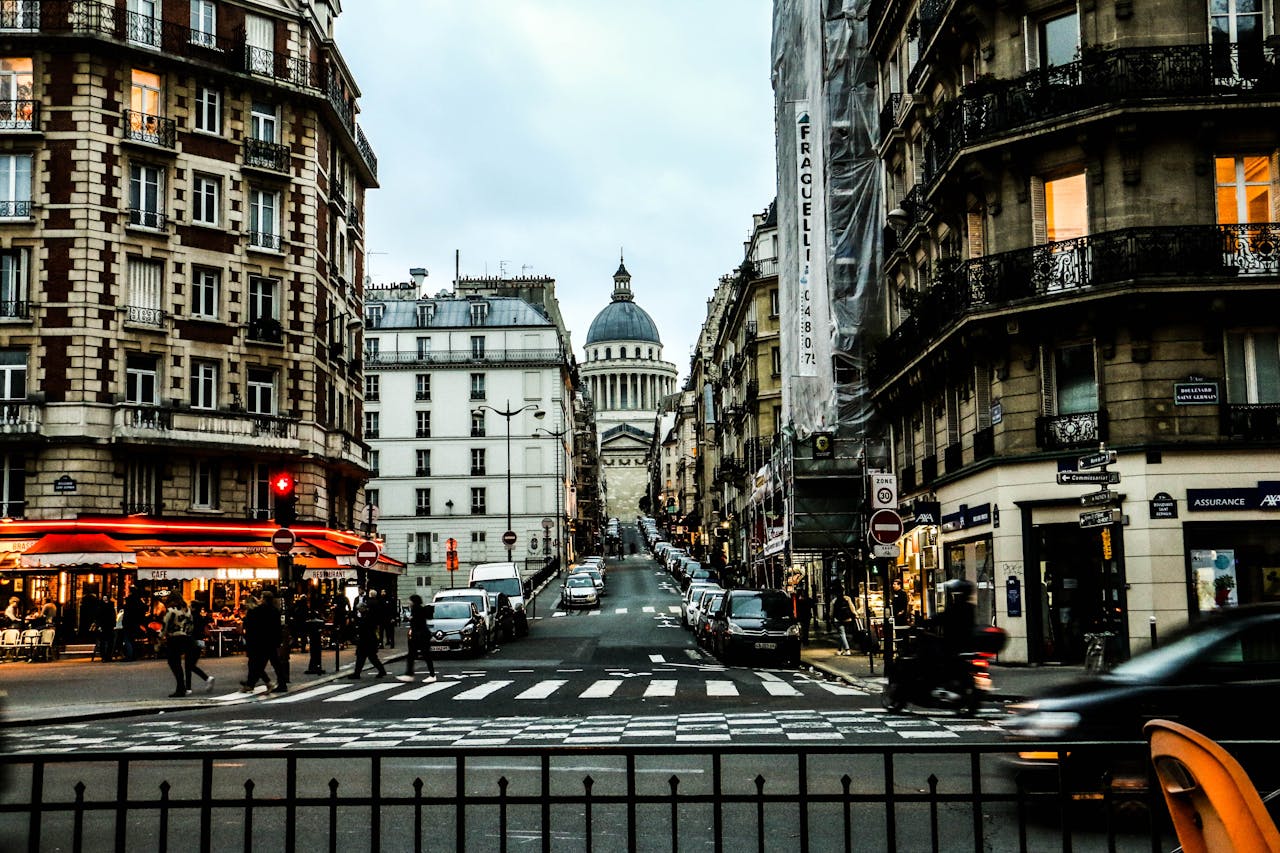
The Pantheon sits in the heart of the lively Latin Quarter, known for its bookshops, cafés, and universities. After your visit, explore nearby treasures: the Luxembourg Gardens, Sorbonne University, and lively streets like Rue Mouffetard.
See also:
- Planning a Trip to Paris: What You Should Know
- Top 15 Must-See Places in Paris
- 15 Free Things to Do in Paris
Final Thoughts
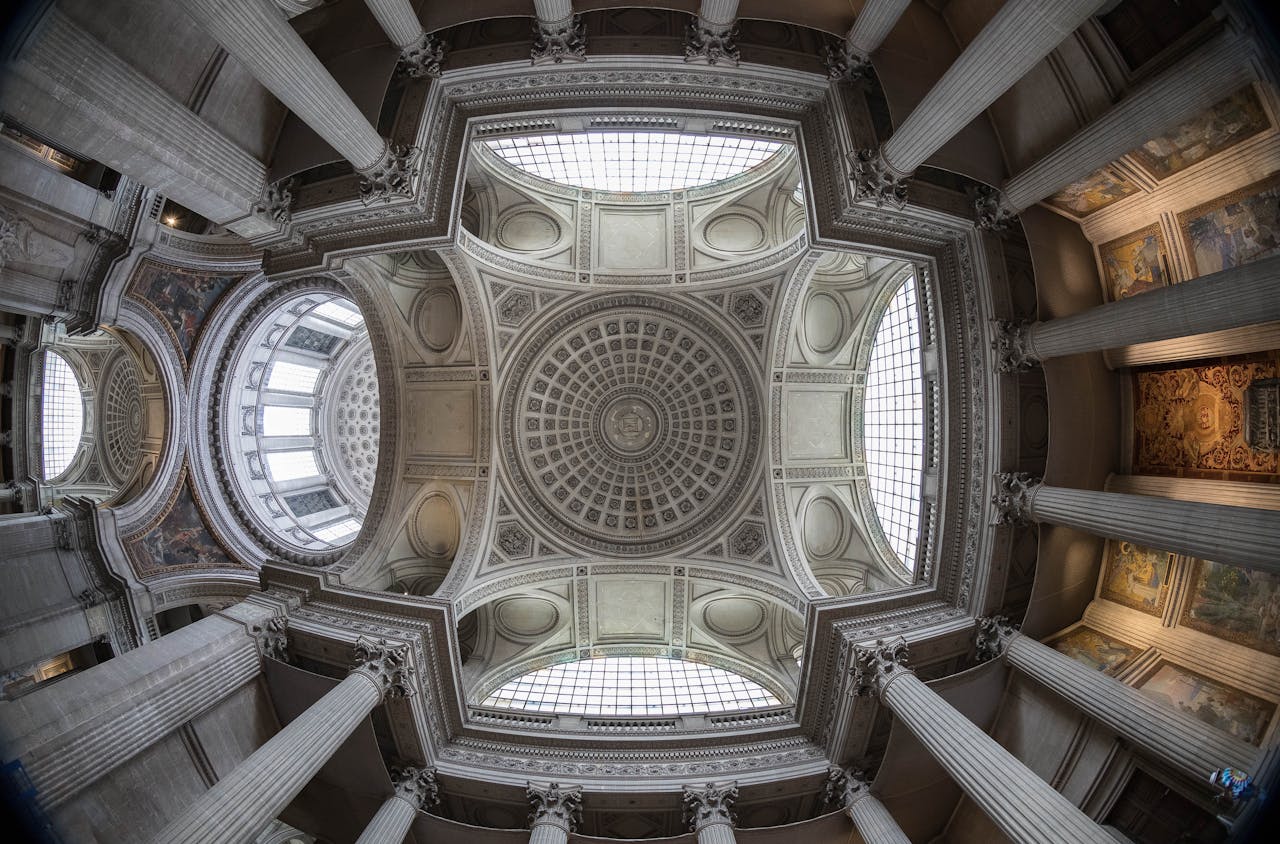
From royal vow to revolutionary symbol, from church to mausoleum, the Pantheon has worn many identities. Today, it stands as a temple of memory, celebrating the men and women who changed France — and the world.
Whether you come for the view, the history, or the atmosphere, the Pantheon is a Paris experience not to be missed.
And with the Paris For You app, you can easily find the Pantheon and 100+ other curated Paris locations — all offline and in 26 languages.
